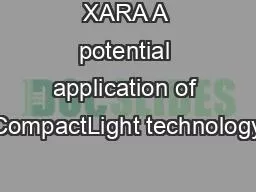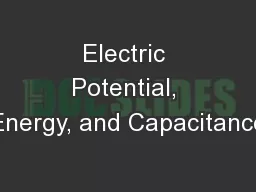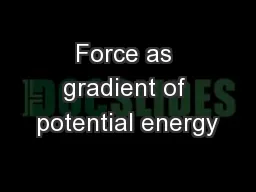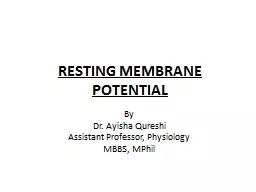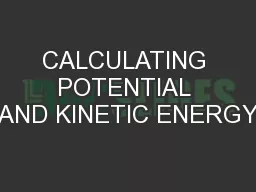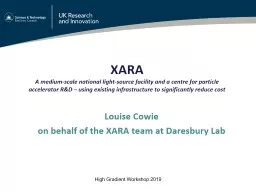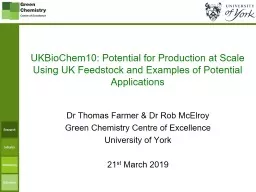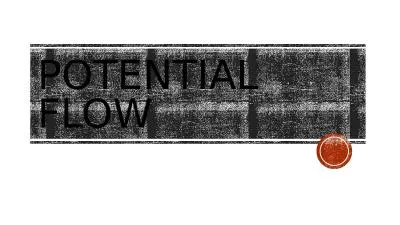PPT-XARA A potential application of CompactLight technology
Author : garboardcola | Published Date : 2020-10-22
Louise Cowie on behalf of the XARA team at Daresbury CLARA Sband linear acceleration up to 250 MeV Bunch charge 20250 pC High repetition rate up to 400 Hz Electron
Presentation Embed Code
Download Presentation
Download Presentation The PPT/PDF document "XARA A potential application of CompactL..." is the property of its rightful owner. Permission is granted to download and print the materials on this website for personal, non-commercial use only, and to display it on your personal computer provided you do not modify the materials and that you retain all copyright notices contained in the materials. By downloading content from our website, you accept the terms of this agreement.
XARA A potential application of CompactLight technology: Transcript
Download Rules Of Document
"XARA A potential application of CompactLight technology"The content belongs to its owner. You may download and print it for personal use, without modification, and keep all copyright notices. By downloading, you agree to these terms.
Related Documents

